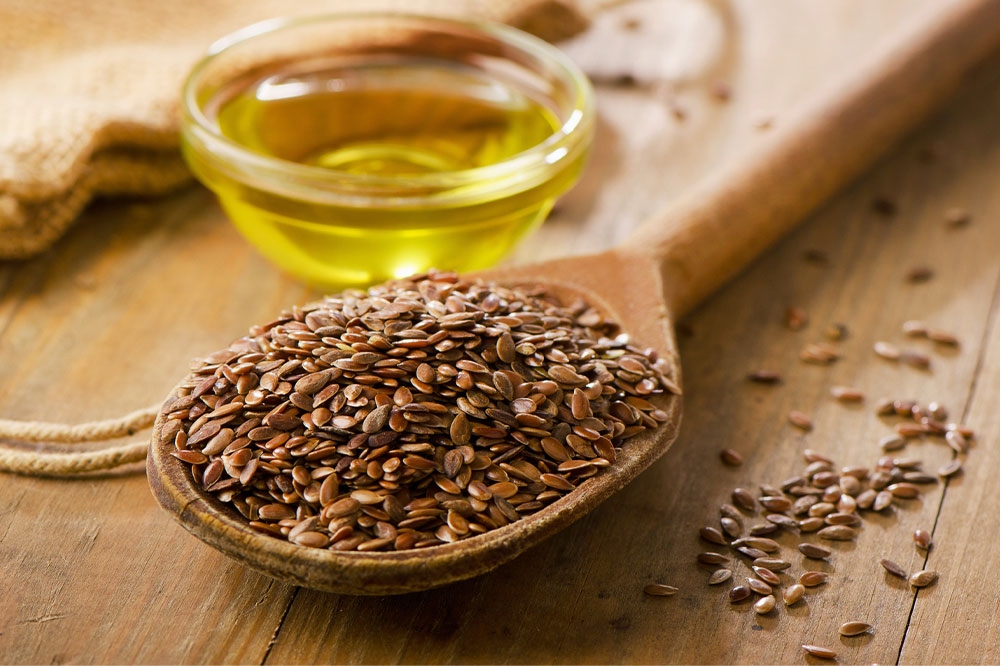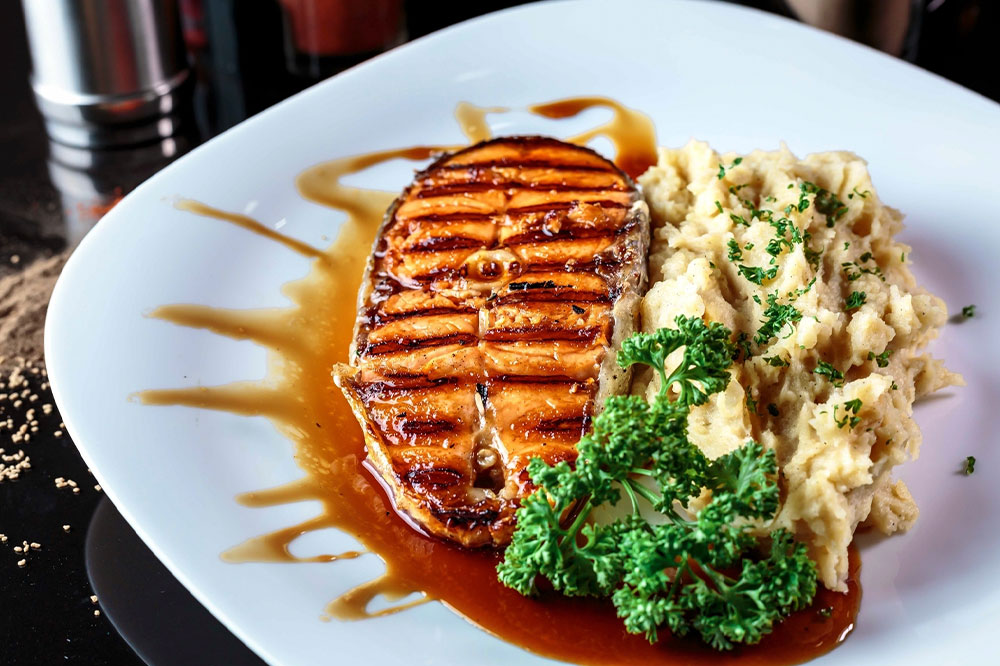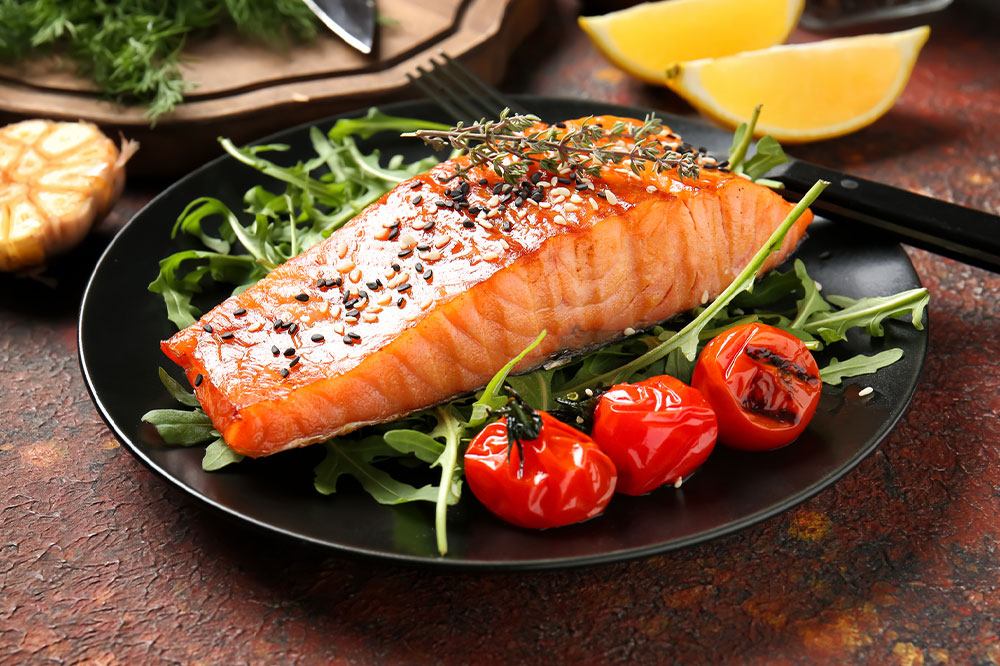

A popular idiom goes as such: When in Rome, do as the Romans Do. This means it is advisable to follow the local customs and traditions of the place you are visiting. Doing so allows you to enjoy the country and show the local populace that you respect their culture. If you’re planning a trip to Turkey anytime soon, here are some of the things that you must avoid doing: Wear shoes in places of worship There are many popular places of worship in Turkey. For example, if you are visiting Turkey for the first time and plan to stop by any of the mosques, you may want to take off your shoes when outside when entering. Block a person’s view when they’re praying Many individuals in Turkey will pray five times a day per their faith. Do not obscure an individual’s view when they are praying. According to customs, the person’s prayers are believed to become void, and they would have to start all over again. Visit restaurants around the popular locations Tourist spots may have many restaurants offering various local and international dishes. But, try to steer clear of these places since they might have increased rates due to the location.















